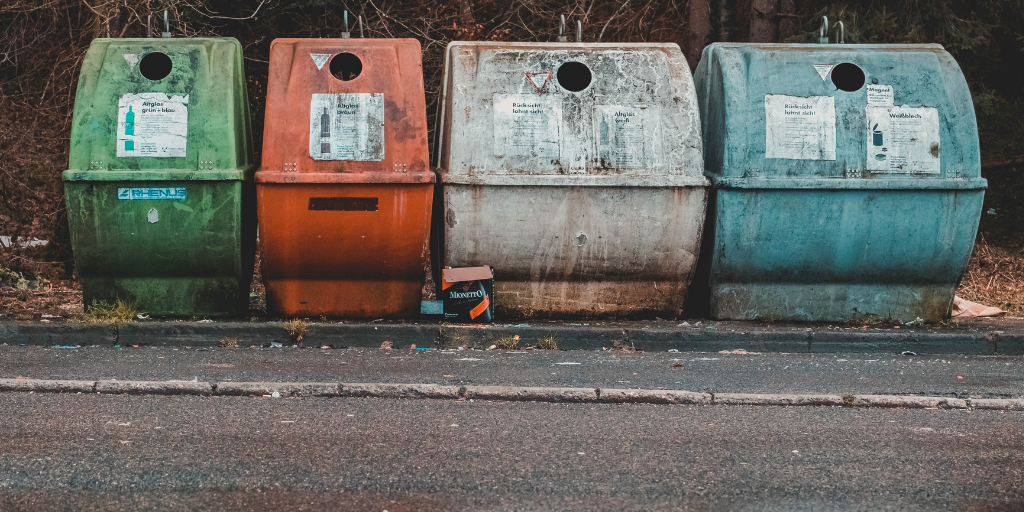Recycling is simple, right? Toss a bottle into the recycling bin, and poof -- a new product of equal quality emerges on the shelf. Well, this might be true when it comes to aluminum, where a new container emerges on the shelf in 60 days, and glass as well, but single-use plastic bottles are much more complicated. Single-use plastic faces some challenges in living up to its “recyclable” label. Just ask the business community that relies on the viability of recyclables as a commodity in the post-consumer market; plastic recycling is problematic. Here’s why.
Most single-use plastics are high-maintenance and low-value, which creates little incentive for recycling. More than seven types of plastic resins exist, and sorting them is vital to ensure an uncontaminated batch of plastic can be melted down and made into new products. This rarely happens. Less than 10% of all plastic types actually make it to the point of being recycled, and that number is declining, according to recent studies. For polyethylene terephthalate (PET) #1, the most common plastic water bottle, recycling is really downcycling. Unlike aluminum containers that can be recycled infinitely into new bottles, single-use plastic bottles are mostly downcycled. Plastic downcycling means single-use plastic bottles get made into inferior products like clothing and carpet fibers which are often not recycled and thus destined for our landfills and oceans.

But wait! Aren’t plastic bottles REUSABLE?
Technically, single-use bottles can be refilled but not without leaching antimony, aldehydes, phthalates, estrogenic chemicals into the water. The plastics industry claims these chemicals are in trace amounts that are harmless; however, research is beginning to demonstrate that in fact, exposure to excess estrogenic chemicals is linked to cancer and obesity.
More rigid plastics often contain BPA (Bisphenol A) which has been banned from baby bottles and is a well known endocrine disruptor. Studies have shown that BPA is linked to cancer, infertility, brain functions, fetal development issues, heart disease, and weight gain. While many plastic products have advanced society and are instrumental to health, aerospace, and vehicles, most people now agree that plastic water bottles are not an ideal material for every day as single use.
This isn’t to say there’s not a place for plastic products, some of the greatest medical and space exploration advances have been made through plastic inventions. But when it comes to single-use plastic for packaging and beverages, the tide is turning, and many people understand that these types of plastics in the quantity they’re produced are quite detrimental to human, animal, and planetary health. Many people are ready for solutions. That’s why we created PATH to be a long-term solution on the path to sustainability. A hybrid solution toward refilling.

Why Aluminum is Called the “Magic Metal”?
The aluminum recycling system is currently the most robust because aluminum is easily melted back down into a pure element and reshaped into a new container. This can be done infinitely. Aluminum uses only 5% of the energy it took to initially extract. Is this system perfect? Of course, not; every recycling process has its challenges. But aluminum continues to win first place as the best, most recyclable material.
Various materials are used for beverage containers. Most of which are inferior plastics that have little value after just one use. Aluminum, on the other hand, is a highly valued element that can be broken down time and time again to its original, pristine form and still become yet another beverage container countless times over. And this is where the title “magic metal” comes from.
Aluminum is the third most abundant element on the planet, next to oxygen and silicon. While extracting raw aluminum from bauxite is by no means a perfect system, using already recycled aluminum absolutely is. Why? Because it consumes just 5% of the energy it originally took to extract. That’s why we’ve got to recycle, especially aluminum as it offers a potentially endless circle of valuable materials as long as we put it back into the recycling system. Manufacturers are able to melt down aluminum recyclables and easily make them into new products, including new PATH bottles, infinitely. This is called a Closed Loop System and is why aluminum carries so much value throughout its life. In fact, 75% of the aluminum that was ever put into production is still in use today. That’s because it keeps getting recycled, remelted, and turned into new products over and over again.
So, behind the true capabilities of each recyclable material, namely, plastic, lie murky details. The most staggering aspect is that 90% of all plastics end up in our landfills because they either don’t make their way to a recycling facility or are incapable of genuinely being recycled. On top of that, the10% that do get recycled are actually downcycled into polyester fibers that are used to make carpets and clothing. While recycling rates for PET are higher than the average, they are declining from a high of 30% down to 26.6%.
Walk Away Smarter about Recycling
What’s the solution to plastic recycling confusion? Avoid single-use plastic wherever you possibly can. If you find a reusable item made from plastic, that’s better than single-use. Opt where you can for aluminum and other metals. Stick to buying products like aluminum and glass that are genuinely reusable and are backed by a robust recyclable market so when it's time to pitch items into the recycling bin, you can be more confident they’ll be recycled. Distilled down, this is basically the story behind reducing, reusing, and recycle.
Resources:
https://www.ncbi.nlm.nih.gov/pmc/articles/PMC4602822/
https://www.ncbi.nlm.nih.gov/pubmed/24162092
https://www.sciencedaily.com/releases/2013/02/130225153122.htm
https://www.nature.com/news/2010/100113/full/news.2010.7.html








